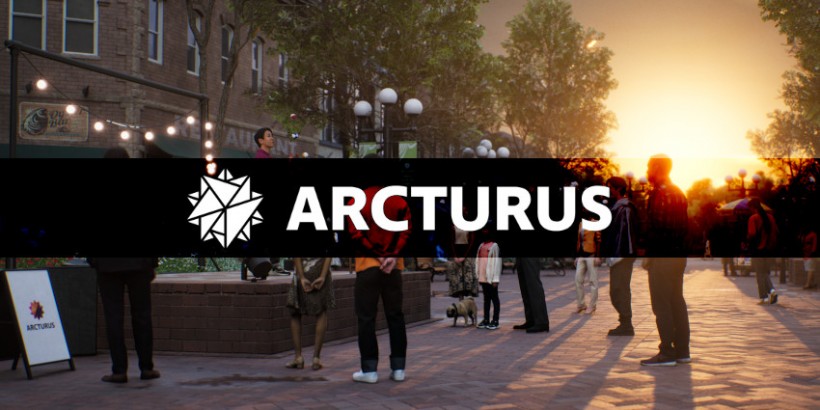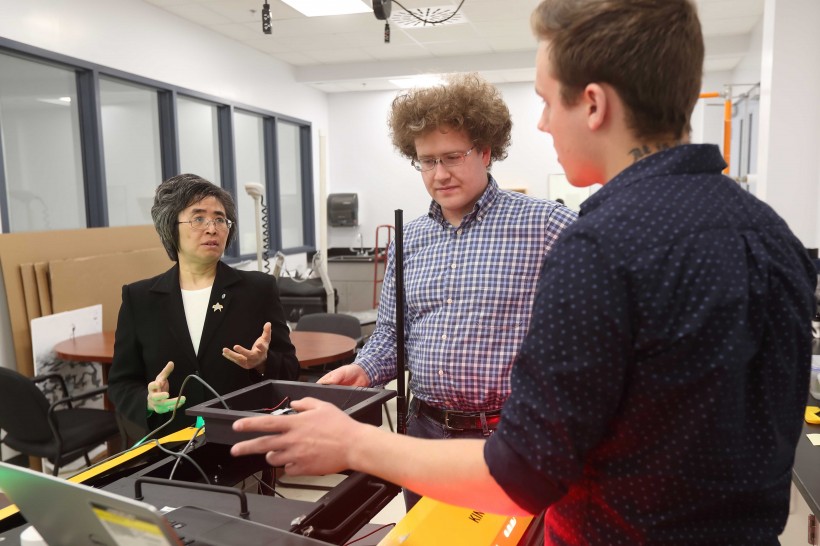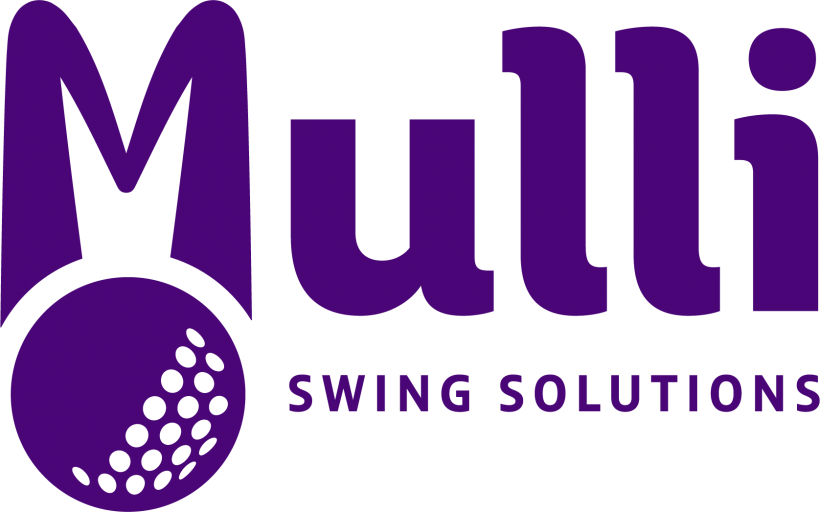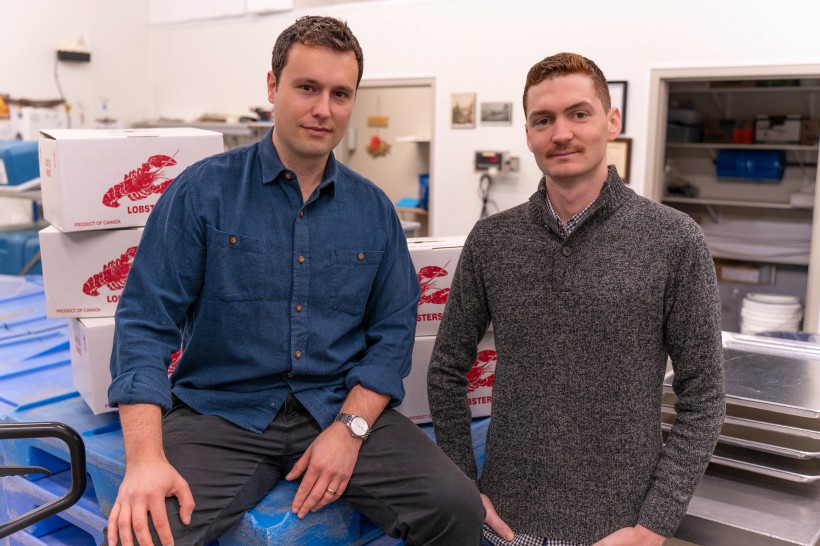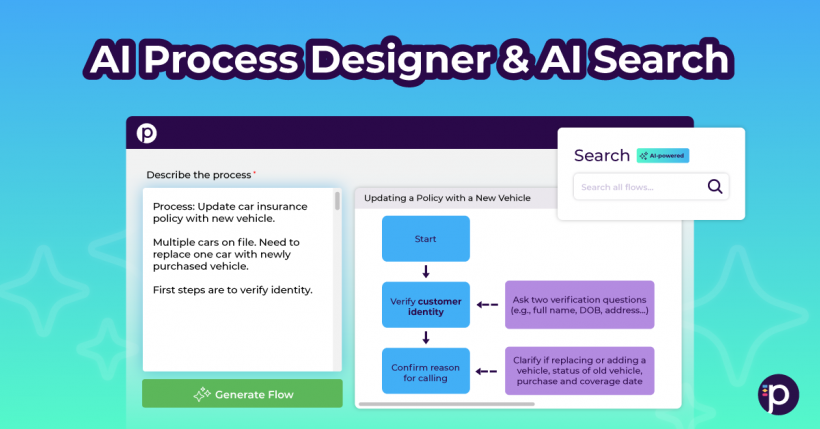Sponsored Content
Mae Seto compares the way her laboratory programs robots to work to the way we all try to raise our children.
An associate professor in Dalhousie University’s Faculty of Engineering, Seto’s official titles include the Director of the Intelligent Systems Laboratory, or ISL, and the Irving Shipbuilding Research Chair in Marine Engineering and Autonomous Systems at Dalhousie University. In simpler terms, she heads a team that enables robots to think for themselves in harsh remote environments, like deep oceans and space.
Whereas a lot of work is being done in autonomous vehicles, or robots, what Seto’s Intelligent Systems Laboratory does is allow robots to operate in unfamiliar terrain with minimal human oversight. The goal is to send one or more autonomous vehicles into unmapped terrain and have the machines navigate the terrain, accomplish such specific tasks as mapping, and solve or mitigate problems that may arise, like a failed sensor. All without adult supervision.
“It’s a lot like raising children,” said Seto. “You raise your kids so that when they leave you they can solve their own problems and achieve what they need to do with minimal help from you.”
Her team of 10 graduate students operates at the intersection of engineering, computer science, oceanography and other academic disciplines. It also sits in the overlap of academia, industry and government, especially defence. The words “inter-disciplinary” and “collaboration” frequently appear in Seto’s description of her work.
The lab is now working on about 15 different projects, a good number with industrial partners. These projects range from “Industry 4.0” projects that use artificial intelligence to predict when ship-board equipment might fail to robotics designed for outer space. The part that excites her the most is the work on autonomous underwater vehicles that operate for long periods in uncharted territory, such as under-ice in the Arctic.
Seto notes that most of the planet’s ocean floor is uncharted, and this is especially true for the portion under ice. If anyone is going to use autonomous vehicles under the ice, it is for a mission, such as finding a downed airplane or searching for mines. And the mission may involve more than one autonomous vehicle. What Seto’s team is working on is developing artificial intelligence solutions that will allow the autonomous vehicles to carry out these tasks collaboratively.
That means you have several robotic vehicles working with little human assistance in terrain that is uncharted and without the assistance of geo-tracking solutions like GPS. (This could be in a deep ocean or space – Seto says there are striking similarities about operating in both.) They must carry out the mission on their own. They must navigate unknown terrain in the murky depths. And they must communicate with each other – which is difficult underwater. If there is a malfunction or other problem, the robot must sort it out itself as best as it can. As well, the system must be robust enough to do all this in a harsh environment for a prolonged period.
“We’re talking about the collaboration of a number of autonomous robots in an environment where they cannot communicate well,” said Seto. “So, they must have on-board diagnostics and decision-making and they have to be smart about what they communicate because they can not send a lot of information at any one time.”
She also said this is on-going work that is far from being finished. “We’re trying to make the robots smarter but there are still a lot of cracks that the algorithms can fall through and make things more interesting than they need to be,” she said.
Vast Array of Skills
To devise this type of functionality requires a vast array of skills from several different disciplines, such as electrical engineering, mechanical engineering, computer science and oceanography. Seto herself is uniquely qualified to bring together all these skill sets.
Seto did her undergraduate (Engineering Physics – Electrical Engineering option) and graduate studies at the University of British Columbia, completing her PhD in mechanical engineering in 1996. Starting her career in the private sector, she worked with ISE Ltd. In Port Coquitlam, B.C. for six years, conducting research and development projects related to autonomous underwater vehicles. Seto then moved to Nova Scotia to work as a defence scientist for Defence R&D Canada. Then, she joined the Dalhousie Department of Mechanical Engineering as an associate professor in 2017 and became the Irving Shipbuilding Research Chair in Marine Engineering and Autonomous Systems in January 2018.
As well as her academic and research work, Seto runs her own consulting business, 3-Laws Robotics. (The name acknowledges the science fiction writer Isaac Asimov, who in 1940 came up with three laws to guide the peaceful development of robots, especially in their interaction with people.) Seto says 3-Laws Robotics allows her to consult for external clients on work that has sensitivities that she is trained to work in but is not appropriate for a university laboratory.
A highlight of her career, so far, came in 2016 when she served as the Canadian lead scientist for the Exercise Unmanned Warrior – a collaborative exercise between the navies of Canada, the U.S., the U.K., Australia and New Zealand. The final segment of the exercise – known as the Hell Bay portion – was carried out off the Isle of Skye in Scotland and involved autonomous vehicles from four navies collaborating as they searched for underwater mines. It was one of the largest demonstrations of unmanned vehicles ever.
“We were able to achieve some world-firsts – networking robots for a collaborative mission and showing the advantages of unmanned vehicles for naval mine counter-measures,” Seto told Defence R&D Canada at the time.
Proof of Robots Collaborating
That project established that marine drones from different navies could communicate with one another in real-time and be effective counter-measures against mines. It also shows various layers of collaboration taking place at her laboratory.
The robots are not the only ones in Seto’s lab who are collaborating. The team has relationships with universities around the globe, including the Massachusetts Institute of Technology, ENSTA Bretagne in France and the University of Bath in the United Kingdom – to name a few. The lab also works closely with the Ocean Frontier Institute, a network oceanographic research body that is headquartered at Dalhousie University and includes Memorial University of Newfoundland as well as universities around the world. Seto describes the OFI as the perfect body to facilitate research in oceans topics that require multiple disciplines. For example, science and engineering work together to investigate solutions for oceans research questions. Traditionally, funding bodies address one discipline at a time.
There are also a range of private-sector partnerships, from global defence contractors like Thales Research and Development, Kongsberg Maritime, and Lloyds Register to smaller Canadian companies like Deep Vision (machine perception) Inc., ISE Ltd., and Cellula Robotics Ltd. Seto said she is working on a large contract with another private sector partner, though was unable to reveal the details. And the team is working with Irving Shipbuilding, the company that funds the ISL through a Research Chair.
Industry 4.0 Concepts
One project with Irving Shipbuilding applies Industry 4.0 concepts. It looks at the growing use of machine learning, data analytics and wireless connectivity within industry to achieve optimal performance. The term usually refers to factories, but Seto’s group is applying it to ships. They are researching how to prevent ships from experiencing down-time because equipment has failed or worn out. Down-time is expensive and counter-productive to any industrial complex – a ship no less than a manufacturing facility. So Seto’s lab is researching how to use machine learning and other advanced solutions to determine when essential pieces of equipment are about to give out so they can be repaired or replaced before they become a problem.
‘We’re trying to apply Industry 4.0 to ships,” said Seto. “If you have critical equipment on board -- and it does not have to be highly complex; it could be a hydraulic pump – we want to be able to predict when you expect this part to need maintenance or fail. When the network and its operations is large or complex, it is not always apparent what is going to give out next.”
She said that her team has made a good start with this project and have developed a few tools so far that can indicate the health of ship-board gear. It will need more work, she said. “This is something that you build incrementally – it’s not something you build over three months.”
One final aspect of her lab that cannot be overlooked is the educational value it brings to the students who pass through it. Dalhousie University is Atlantic Canada’s leading research institution, but it is also a seat of higher learning. Seto shares the university’s mission to prepare her students as well as she can for work in the contemporary world of industry and business. She believes that in the 21st Century, that means immersing them in the type of multi-disciplinary work her lab specializes in. It means that mechanical engineers learn to code and computer scientists understand the need to develop engineering solutions that can operate in harsh environments.
“I think the engineers we turn out into the workforce should be able to work in more than just the discipline that they first chose to study. It increases their value to industry,” she said. “My mechanical engineers are actually pretty good with programming and design as well as coming up with machines. If you are going to come up with innovative solutions for complex problems, you will not draw from just one discipline alone.”
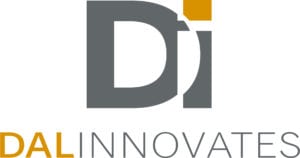
Sponsored by Dal Innovates
Dal Innovates provides opportunities for students and faculty at Dalhousie University to explore and experience innovation and entrepreneurship and develop knowledge, skills, and attitudes necessary to translate new ideas into innovations. We empower our students & faculty to be the best innovators, creators and entrepreneurs and make an impact on local and global challenges. Learn more here.



